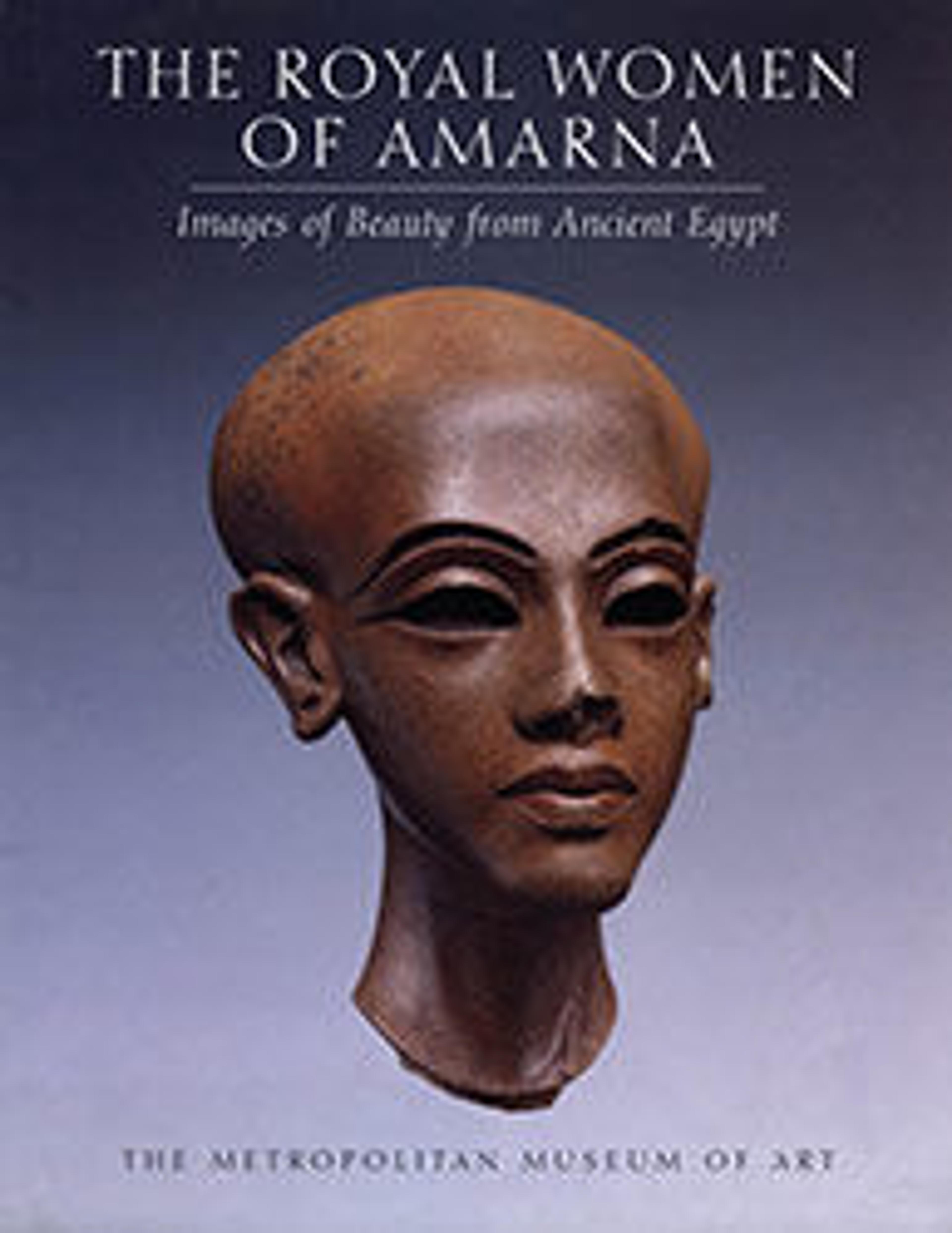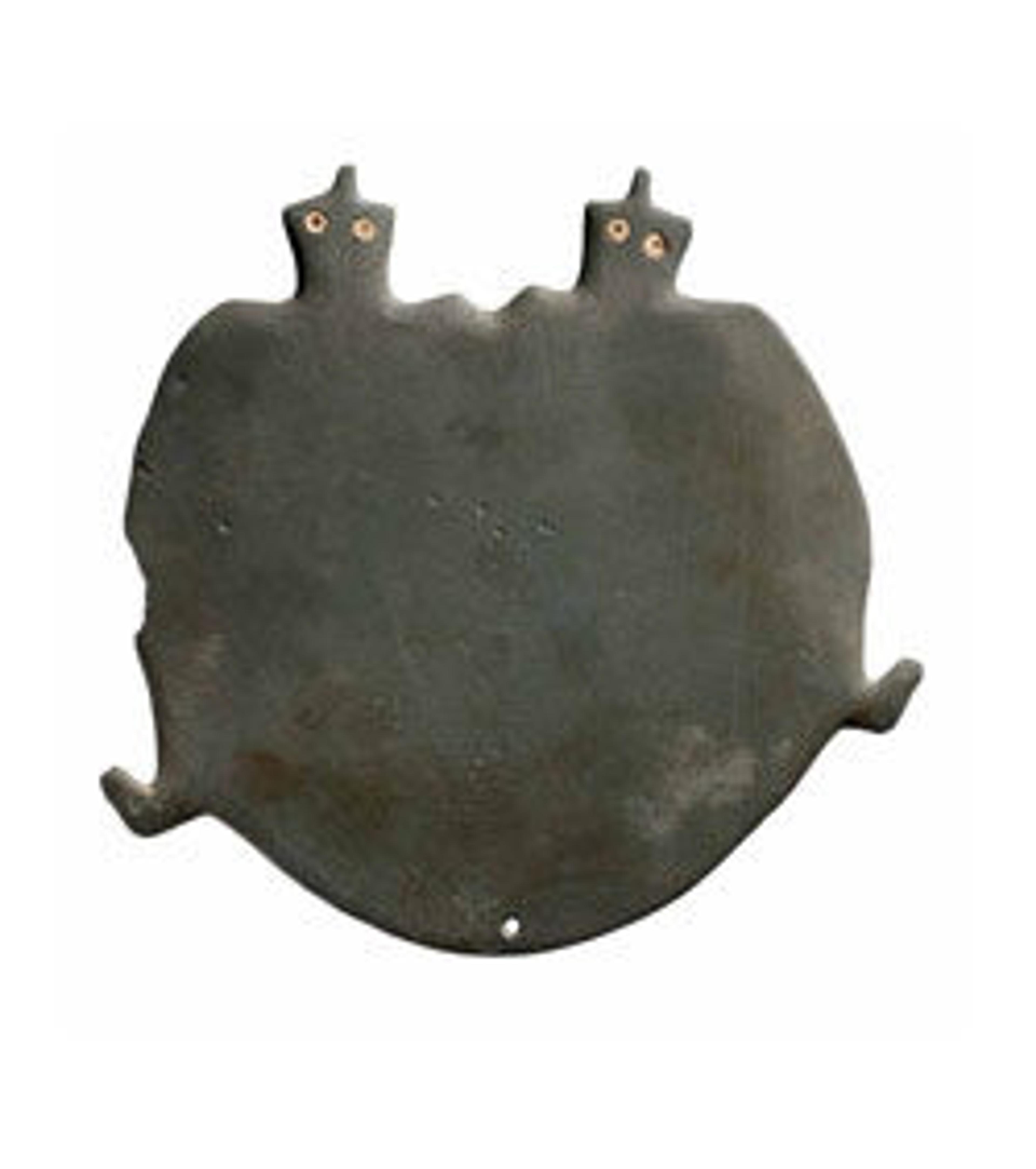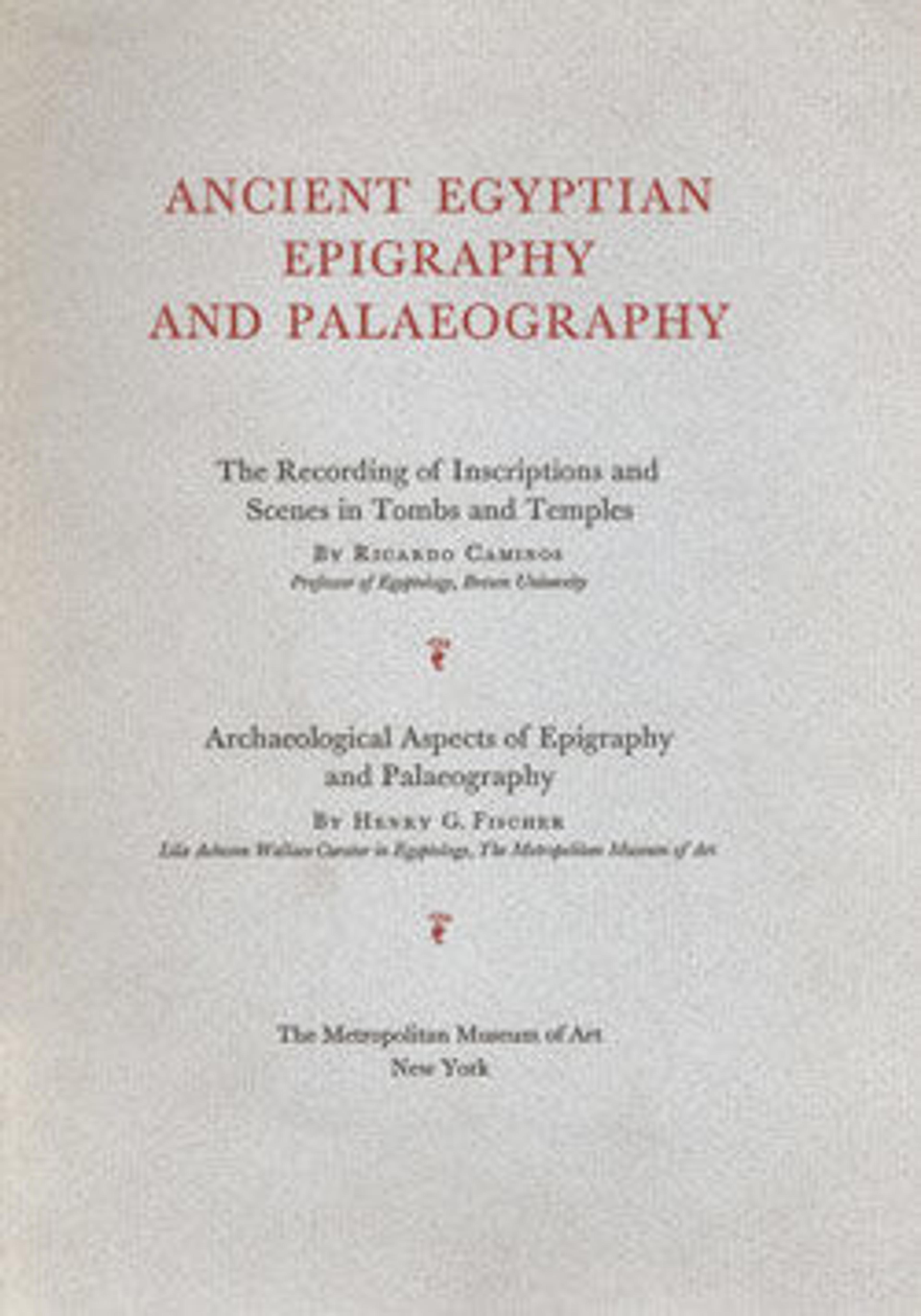

The Art of Medicine in Ancient Egypt
Life in ancient Egypt was advanced and sophisticated by the standards of the time, but it was also perilous. The river Nile and the surrounding deserts teemed with dangerous animals such as crocodiles, scorpions, and snakes, and diseases carried by flies and parasites threatened blindness, disability, and death. Soldiers and men who worked in the stone quarries risked crippling injuries, and women often died in childbirth. Although these hazards certainly loomed large in the minds of most ancient Egyptians, the role they played in the creation of Egyptian art has been largely overlooked. This volume, published in conjunction with the exhibition "The Art of Medicine in Ancient Egypt," held at The Metropolitan Museum of Art, New York, examines the expression of medical concerns in the art of ancient Egypt as well as the practice of ancient Egyptian medicine as an art form in its own right.
Of the more than sixty objects beautifully illustrated in the catalogue, most are humble representatives of the everyday material culture of ancient Egypt. In many ways these works actually bring us closer to their anonymous creators than do the recognized "masterpieces" of Egyptian art. They also bear eloquent witness to how concern for the preservation and restoration of health influenced many aspects of Egyptian life and creative activity. Complementing them is the unique Edwin Smith Papyrus, translated in full and reproduced here in color. Written about 1600 B.C., the Smith Papyrus was intended in part to provide the ancient Egyptian physician with a practical guide to treating wounds of the head and torso. It is more than fifteen feet long and inscribed on the front with forty-eight case descriptions, including a remarkable explanation of the diagnostic process. The reverse of the papyrus contains eight magic spells, one of which apparently was meant to ward off mental or emotional distress, and five prescriptions, among them a recipe for an anti-wrinkle ointment. In fact, many of the procedures and techniques described in the Smith Papyrus can be considered antecedents of modern medical practice. In separate catalogue essays, James P. Allen, Curator in the Metropolitan's Department of Egyptian Art, provides an overview of medicine as a major theme in ancient Egyptian art, and David T. Mininberg, M.D., Medical Consultant to the Department of Egyptian Art, discusses the legacies of Egyptian medical knowledge.
Met Art in Publication
You May Also Like
Press the down key to skip to the last item.
Citation
Allen, James P. 2005. The Art of Medicine in Ancient Egypt. New York : New Haven: Metropolitan Museum of Art ; Yale University Press.




